Planning your own trip? Prepare for your trip
Use Rough Guides' trusted partners for great rates
Plan and book your private, tailor-made tour with vetted local experts
Comporta is where Alentejo meets the Atlantic Ocean. This small village, located about 90 minutes south of Lisbon, has gradually become one of Portugal's most popular coastal resorts. Surrounded by rice fields and pine forests, it offers a rare combination of natural beauty and understated style. Here you will find boutiques in old fishermen's houses, cafes where you can sit barefoot, and a beach that stretches for many kilometers.
Most visitors arrive via Alcácer do Sal, a coastal town with a rich history and a castle towering over the mouth of the Sado estuary. It's a good place to stretch your legs, but the real attraction lies further west.
North of the village, a sandy road leads to the main beach of Comporta. The setting is simple: soft dunes, strong Atlantic waves, and a couple of laid-back bars serving grilled fish and cold drinks. There isn't much entertainment here, and that's precisely what makes it so appealing.

Hey, I’m Luis, your Portugal travel expert. Comporta is one of those places that gets mentioned a lot, but rarely explained properly. It sits between the rice fields of the Sado Estuary and the Atlantic Ocean, about 90 minutes south of Lisbon. What you’ll find isn’t a typical beach resort or a polished village. It’s a quiet mix of wide beaches, working fields, and small cafés that don’t make a big deal of themselves.
This Comporta travel guide covers the essentials: how to get there, where to stay, and what to expect on arrival. The appeal isn’t in big landmarks or a packed itinerary. It’s the space, the light, and the slow pace. You might spend a morning cycling past stilted fishing huts, an afternoon stretched out on the sand, and an evening eating grilled fish with your feet still dusty from the beach.
Luis’s tip
Book a table for a late lunch at Sal on Praia da Comporta. It’s casual, the fish is fresh, and the Atlantic is right there in front of you.
Best time to visit
Late spring and early autumn are ideal. May, June, and September offer warm days without the summer crowds. July and August are peak season: busy, pricier, but lively. In winter, many places close, and the beach is near-empty, though some prefer it that way.
How to get to Comporta
Driving is the easiest option. It’s about 90 minutes from Lisbon via Alcácer do Sal, a good place to stop for a quick coffee or lunch. From there, take the EN253 west toward the coast. There’s no train station in Comporta, and public transport is limited.
Best areas to stay in Comporta
Comporta is on the Alentejo coast, between the Sado Estuary and the Atlantic Ocean. It’s around 90 minutes south of Lisbon, just west of Alcácer do Sal, surrounded by rice paddies, pine forest, and long, open beaches.
It’s not a place that tries to impress. But for those who know Portugal well, Comporta often comes up in conversations about the best places to visit in Portugal. The charm isn’t curated. It’s in the contrast between working farmland and stripped-back beach bars, between designer boutiques and dirt roads.
Praia da Comporta, just beyond the village, is often ranked among the best beaches in Portugal. It’s wide, wild, and rarely feels packed. A few kilometres south, Carvalhal and Pego offer more places to eat, but the same feeling of space and salt air.


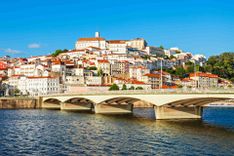
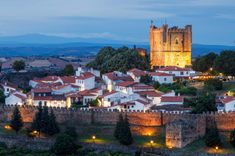

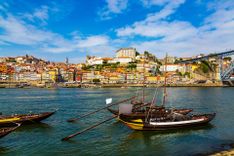










Comporta isn’t large, but it’s spread out, and the things you’ll want to see aren’t all in the village. The beach is about 2 km away, the rice fields sprawl for miles, and nearby spots like Carvalhal, Pego, and Melides are each worth exploring in their own right. There’s no public transport once you’re here, so getting around means relying on foot, bike, or car.
If you’re wondering how many days to spend in Comporta, one full day is enough to see the basics. You can walk through the village, visit the local shops, have a slow lunch, and spend the afternoon on the beach.
However, to get the most out of your stay here, plan to stay for two or three nights. This will give you time to explore nearby beaches such as Carvalhal and Pego, rent a bike and ride through the rice fields, or simply enjoy long, quiet evenings. Comporta is best suited for those who don't have much on their to-do list.
If you’re including Comporta in a longer Portugal itinerary, it works well as a break between cities like Lisbon and Évora. Many restaurants and shops close in winter, so spring, early summer, or autumn are the best times to stay a little longer.
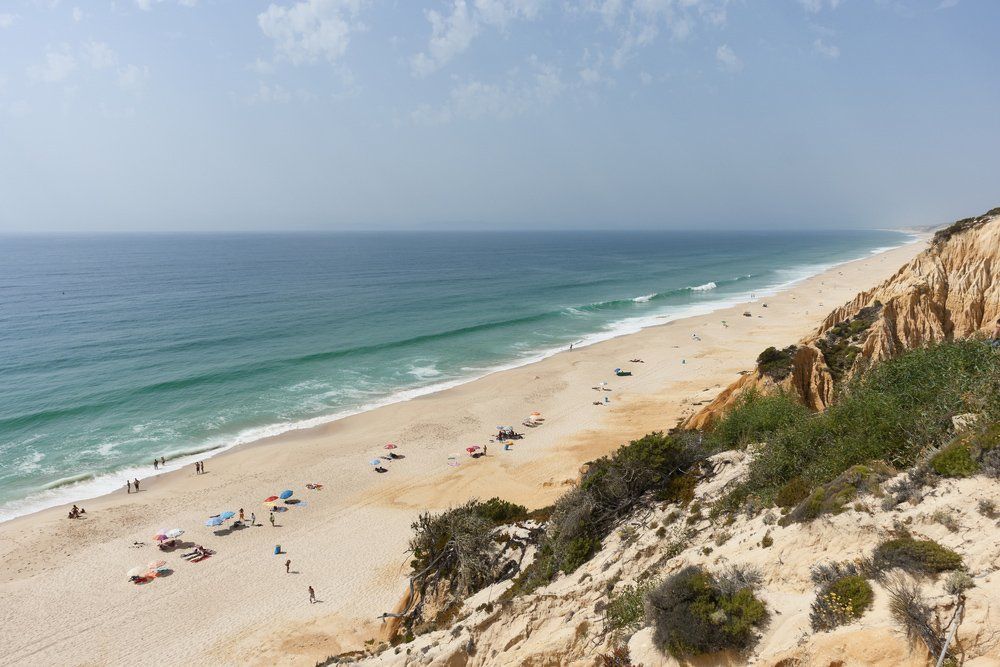
Praia da Comporta © Shutterstock
Comporta has a small mix of boutique hotels, rural guesthouses, and private villas. Most places are spread out between the village, the beach, and nearby areas like Carvalhal or Pego. Here’s how to choose the right base, depending on how you travel.
There’s no rush here. Comporta is all about pace, slower walks, longer lunches, and wide horizons that leave you with more space to think and breathe. There are no monuments to check off, but there’s plenty to do if you give yourself time to settle in. Here are the best things to do in Comporta, no matter if you're here for a day or a week.
This is the beach people come to, and it earns the attention. Just north of the village, Praia da Comporta is a huge stretch of clean sand backed by dunes and pine trees. The Atlantic here is strong and clear, with enough surf to keep things lively but not so much that you can’t swim.
Even in summer, it rarely feels cramped. Walk ten minutes along the shore and you’ll have plenty of space to yourself. Two seasonal beach restaurants sit near the entrance, serving grilled fish, local rice dishes, and cold drinks with sea views. Bring a towel, water, and sunscreen. There’s little shade, and the sun is relentless from midday onward.
Comporta’s flat terrain and open landscape make it perfect for exploring on two wheels. Cycling through the rice paddies just after sunrise or before sunset is one of the best ways to get a sense of place. You’ll pass flooded fields with mirrored skies, rows of storks perched on power lines, and the occasional tractor cutting across the horizon.
Bike rentals are available in the village and from some hotels. The roads are mostly quiet, though a few are sandy or unpaved. If you're staying longer, try the route between Comporta and Carvalhal, which cuts through forest and farmland with few cars and plenty of views.
A ten-minute drive south of Comporta, the fishing hamlet of Carrasqueira is home to one of the most distinctive sights in the region. The Cais Palafítico is a pier unlike any other, with a fragile-looking network of wooden walkways built on stilts, stretching out over the mudflats of the Sado estuary.
Still used by local fishermen, the pier was built without formal plans, giving it a crooked, improvised appearance that changes with the tides. Visit in the late afternoon when the light hits the water at an angle and the boats sit motionless in the shallows. It’s a favourite spot for photographers, but rarely busy.
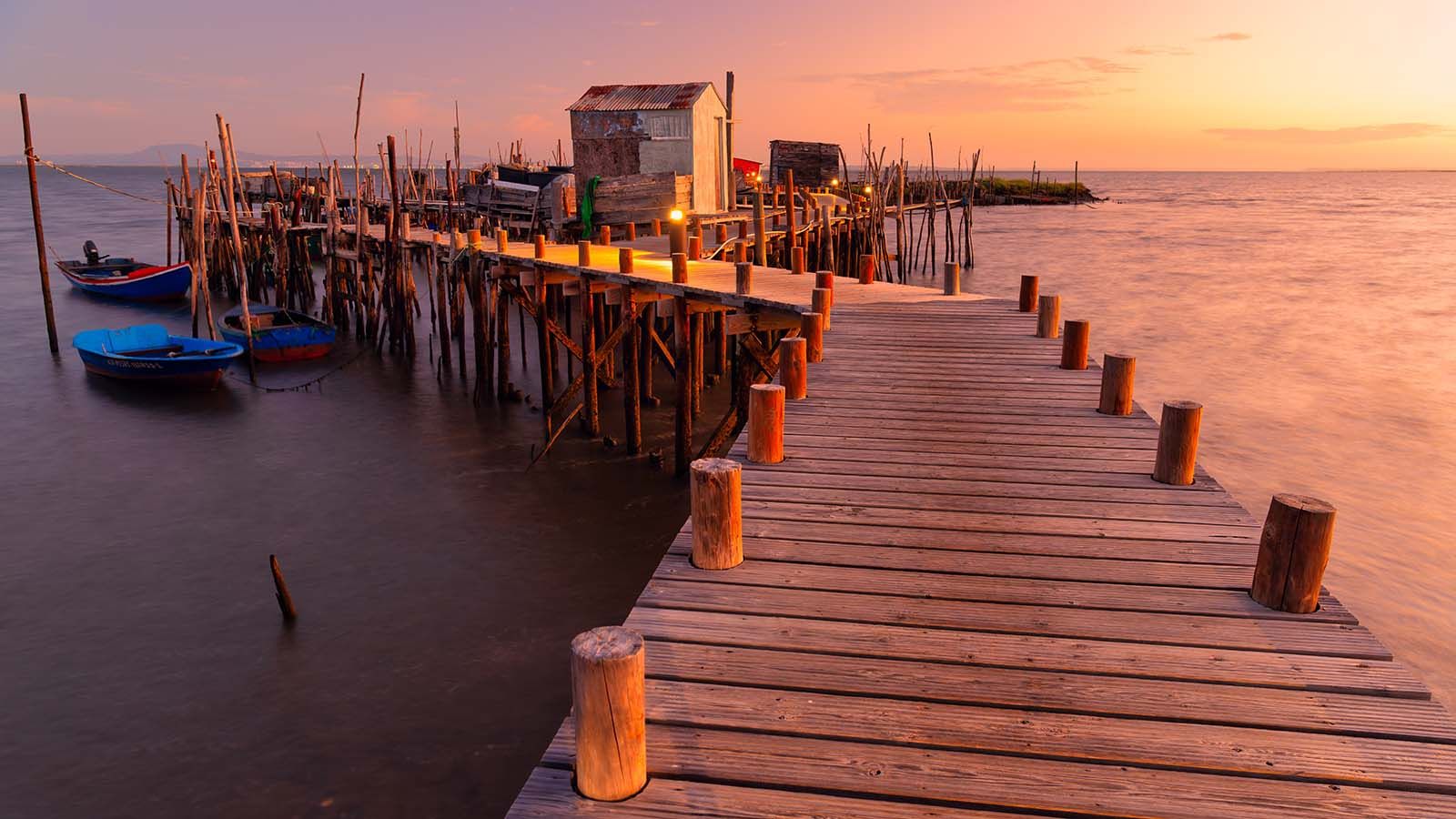
Amazing sunset on the palatial pier of Carrasqueira, Alentejo, Portugal © Shutterstock
Lunch in Comporta isn’t just a meal, it’s part of the day’s rhythm. Most restaurants are casual, but the food is usually fresh, well-prepared, and often locally sourced. Expect dishes built around rice, seafood, and seasonal vegetables. The portions are generous and the pace is slow.
Sal, right on the sand at Praia da Comporta, is one of the most talked-about restaurants in the area. Other solid choices include Comporta Café, Museu do Arroz, and O Dinis at Carvalhal. Book ahead in summer, especially for beachside tables. Locals tend to eat late, and you’ll rarely be rushed to leave.
Comporta village has a curated but relaxed selection of shops, many in former fishermen’s cottages now repurposed with white walls and polished concrete floors. You’ll find handwoven baskets, linen clothing, ceramics, and beach gear designed with a minimalist aesthetic in mind.
This isn’t a place for fast fashion or tourist trinkets. Prices reflect the style, but the quality is generally good. Stores like Lavanda, Briffa, and Loja do Museu are good starting points. Many shops close from late autumn through spring, so check opening times if you're visiting outside summer.
Few places do sunset better than Comporta. The light here is famously soft and expansive, and the best way to see it is from the dunes above Praia da Comporta or Pego. The view is simple: Atlantic surf in front of you, pine forest behind, and golden grass swaying in the wind.
Bring something to sit on, maybe a bottle of local wine, and settle in as the sun drops and the beach empties. There’s no ceremony to it, just the quiet shift in light and air that signals the end of the day.
While Praia da Comporta is the most accessible, neighbouring beaches offer different settings with the same sense of space. Praia do Carvalhal has a few more facilities, including surf rentals, showers, and restaurants. It’s a good option if you want to spend the whole day by the water without leaving.
Praia do Pego is slightly harder to reach and often quieter. The sand is just as soft, the dunes just as tall, but the vibe is more secluded. Both beaches are within a 10 to 15-minute drive, or a longer bike ride if you’re up for it.
If you’re ready for a short break from the coast, head inland to Alcácer do Sal. This riverside town has a long history, once a stronghold under Roman and Moorish rule. The town is built along the Sado River, with whitewashed buildings climbing the hillside and a palm-lined promenade running along the water.
Walk through the older backstreets, explore the small local museum, and visit the medieval castle at the top of the hill. The castle has been converted into one of the most atmospheric pousadas in Portugal, combining original stonework with modern comforts and sweeping views across the plains. Even if you’re not staying the night, it’s worth visiting for the view alone.
Alcácer is a 30-minute drive from Comporta and makes for an easy half-day trip, especially on cooler days when you want a change of scenery and a slower pace inland.
The Sado Estuary is one of Portugal’s most important wetland habitats, and parts of it stretch right up to Comporta. You’ll see storks almost everywhere, but the area is also home to flamingos, spoonbills, egrets, and countless smaller birds.
The best viewing areas are along the quieter backroads, where you can stop and walk between the salt marshes and rice paddies. For those interested in dolphins, boat tours run from the Tróia Peninsula, where a resident pod of bottlenose dolphins can often be spotted.
This might be the most Comporta thing you can do. Find a hammock, a terrace, or a quiet patch of shade, and let the hours pass without checking your phone or your watch. You won’t miss anything urgent.
The appeal of Comporta isn’t in a list of activities. It’s in the in-between moments: the late breakfast that drifts into lunch, the beach walk with no destination, the sense that nothing needs to happen. That’s what people come back for.
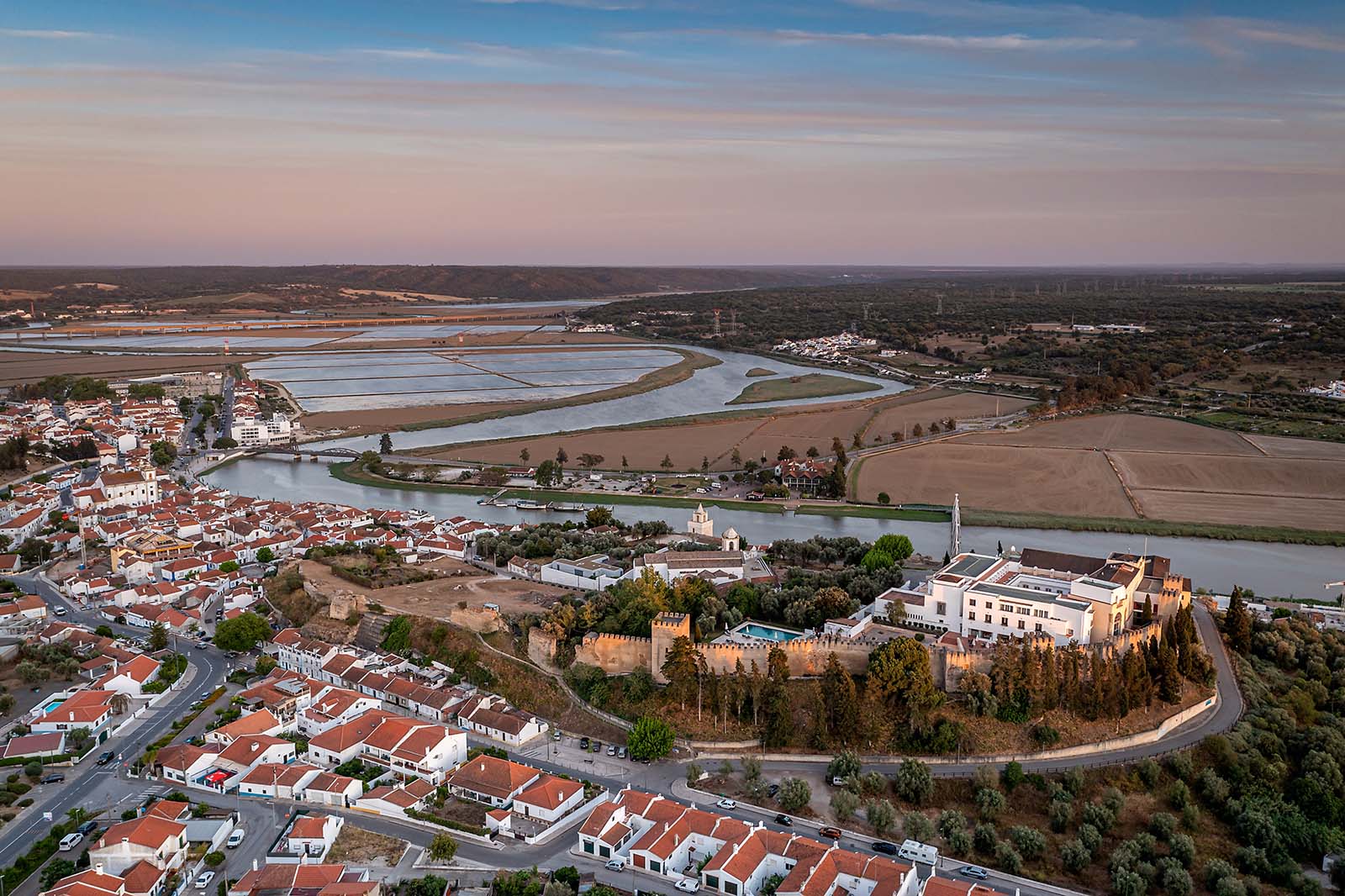
Beautiful Evening in Alcácer do Sal, Alentejo Region, Portugal © Shutterstock
Comporta has a Mediterranean climate with a coastal influence, meaning warm, dry summers and mild, wetter winters. Its position near the Atlantic keeps temperatures moderate year-round, with smaller day-to-night swings than inland areas like Évora or Beja. Average temperatures range from about 50°F (10°C) in January to 82°F (28°C) in August. Coastal breezes cool things down in summer, but strong sun and little shade mean you’ll still feel the heat. For current conditions, check IPMA (Portuguese Institute for Sea and Atmosphere).
Comporta’s food scene is low-key but well-loved. It leans into the strengths of the region: rice from the nearby paddies, fresh seafood from the Atlantic, and seasonal produce from the Alentejo. Many spots mix traditional Portuguese cooking with a more contemporary touch, often served in relaxed, open-air spaces where no one is in a rush. Menus are short, the mood is casual, and reservations are essential in summer.
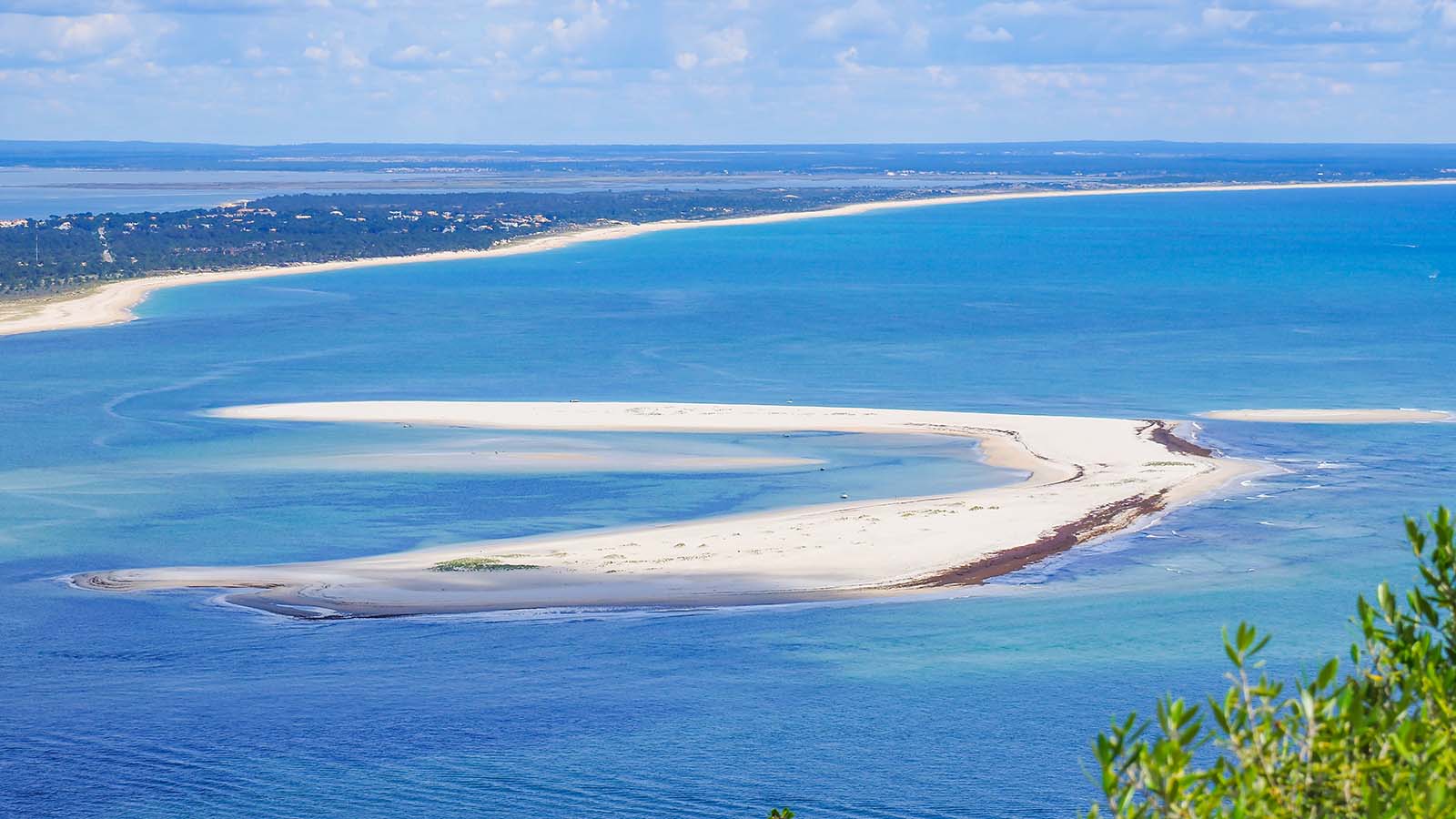
Troia Peninsula or Tróia Nature Reserve is part of Sado Estuary natural park © Shutterstock
Comporta isn’t packed with formal sightseeing, but there’s more to explore once you leave the main village. From guided bike rides through the rice fields to quiet wildlife walks and estuary boat trips, these private tours give you a deeper look at the landscape and way of life in this part of the Alentejo. Each one can be adjusted to fit your pace, interests, and travel plans.
Discover Portugal's most captivating stories
Use Rough Guides' trusted partners for great rates
written by
Olga Sitnitsa
Online editor at Rough Guides, specialising in travel content. Passionate about creating compelling stories and inspiring others to explore the world.